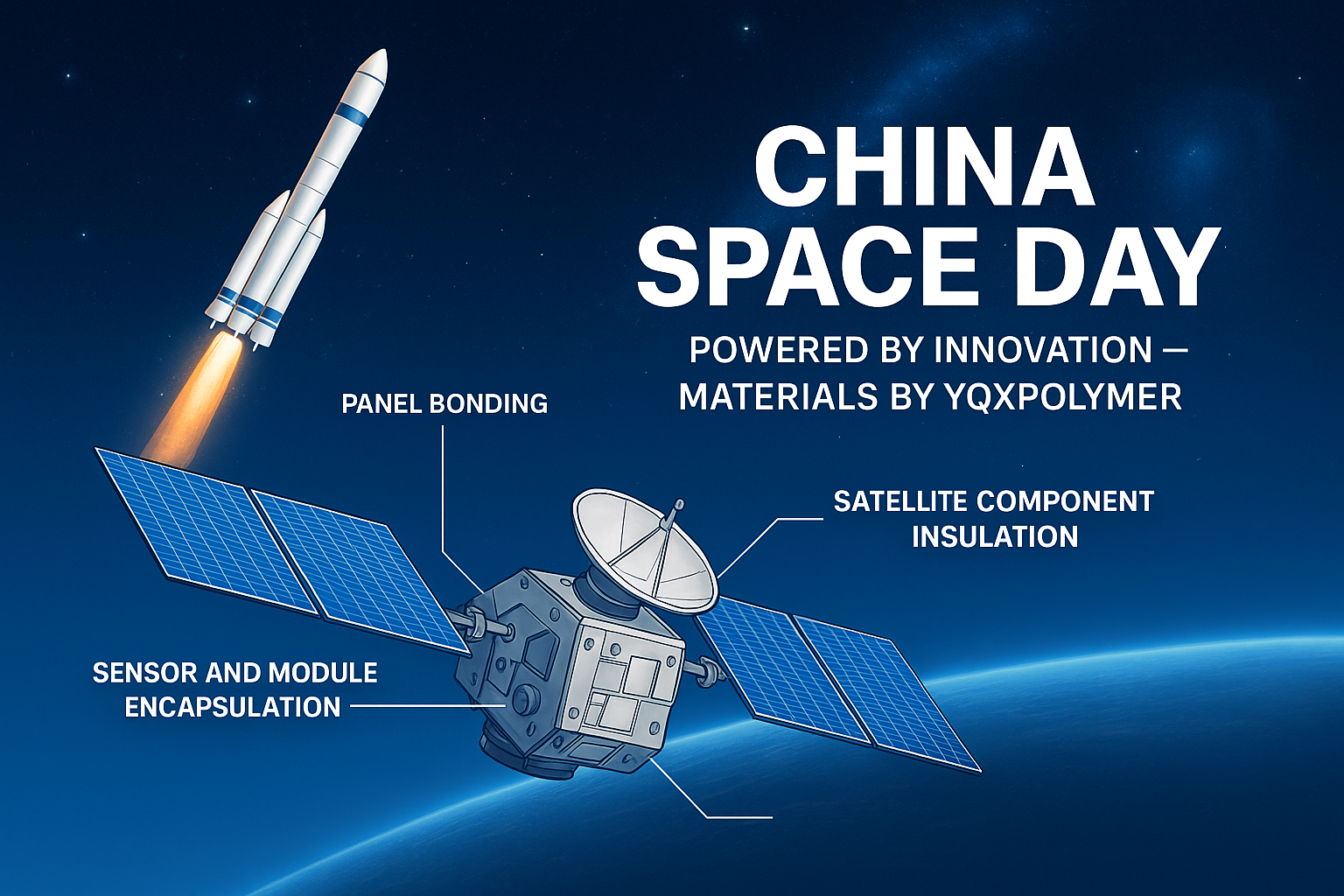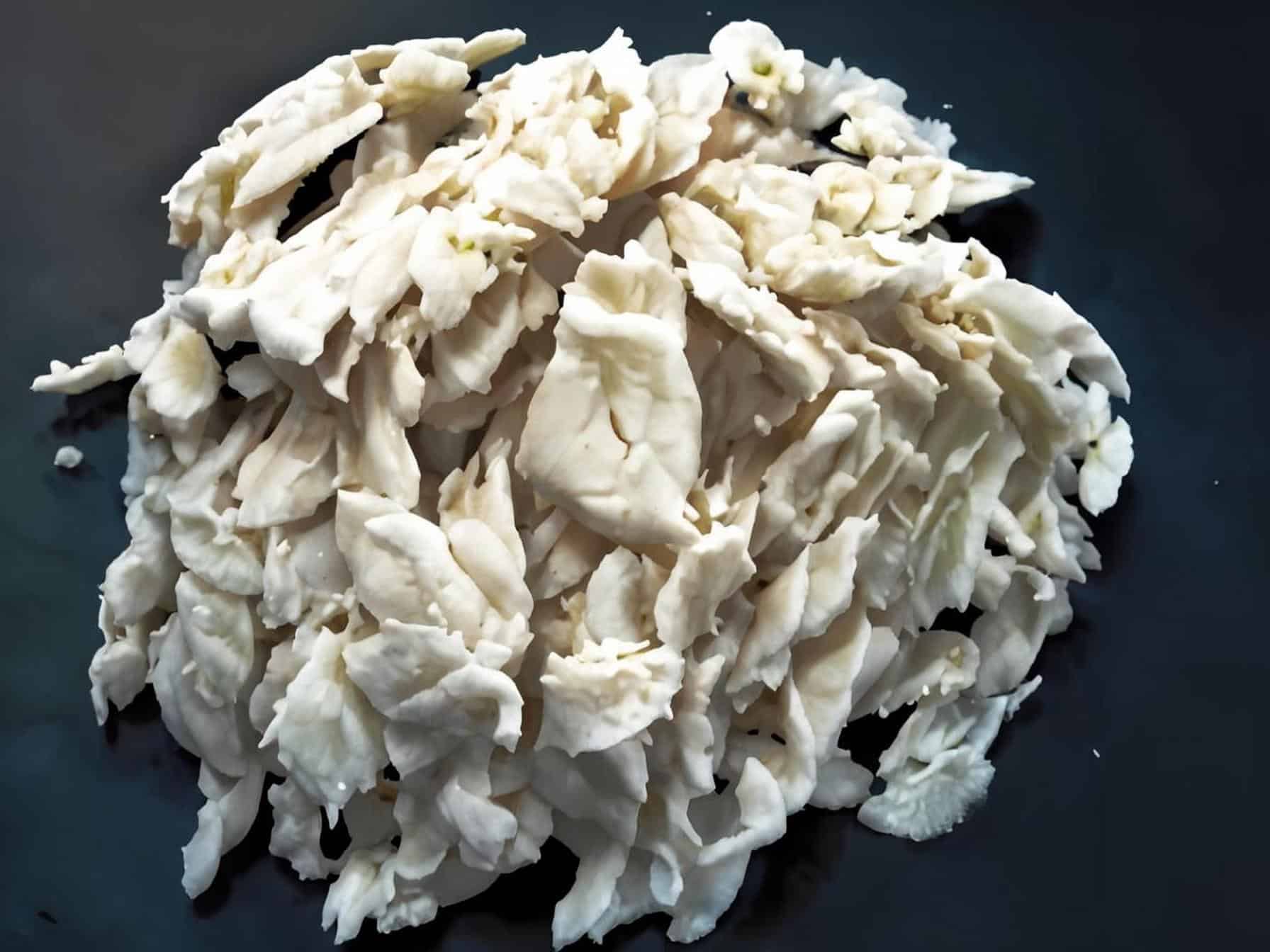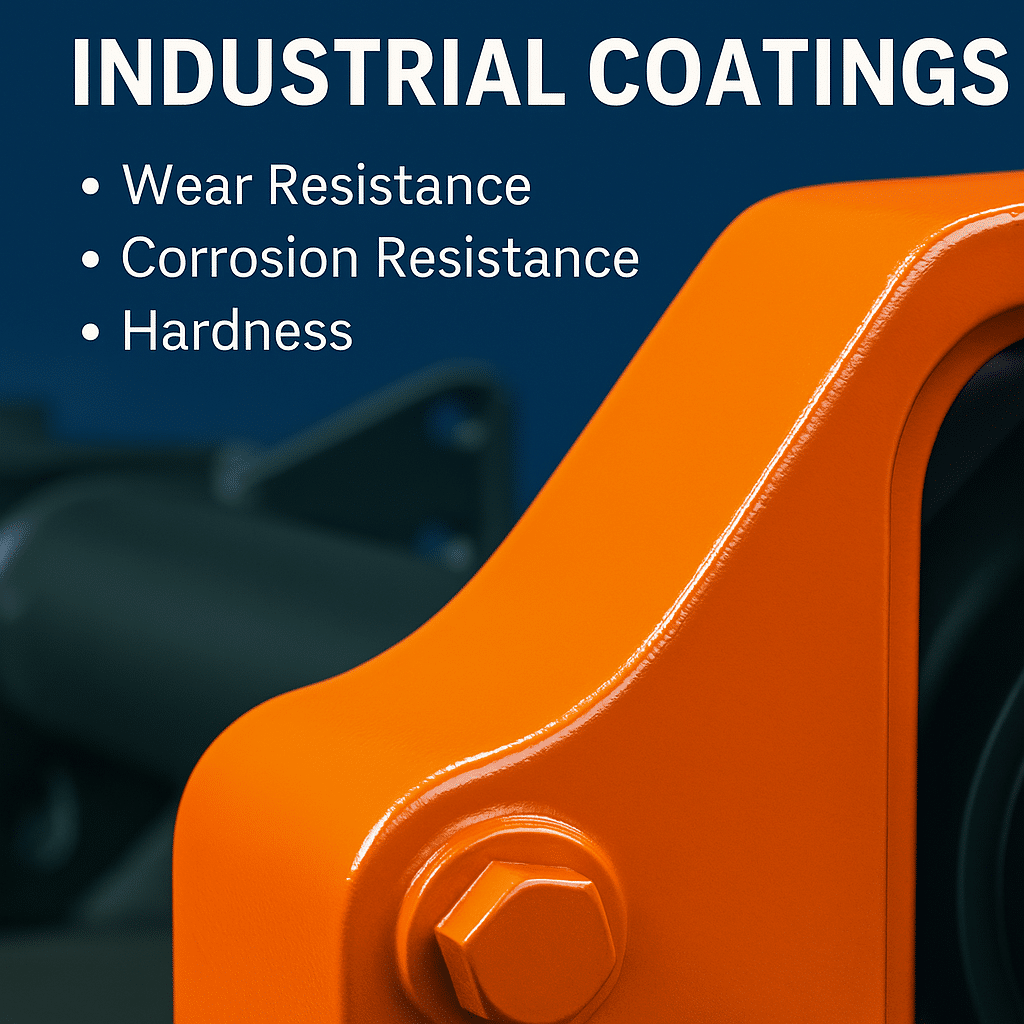The application of epoxy resin in construction mainly includes the following aspects: firstly, floor coating, secondly, building corrosion prevention, and thirdly, structure strengthening. Regarding floor coatings, the most commonly used film-forming substances are synthetic resin materials represented by epoxy resin. Coatings are generally categorized into solvent-free, solvent-based and water-soluble types. Solvent-based system has solvent volatilization, coating viscosity is small, low solid content, a thin film, construction is prone to floating color and other defects such as weak impact resistance of film-forming materials. Solvent-free system does not contain inactive solvents, solid content can be adjusted to nearly 100%, a film thickness, the construction will not appear Benard nest and floating color. Water-soluble clean wear-resistant floor coatings have good adhesion to wet substrates. About building corrosion prevention, due to acid, alkali, salt and organic solvents and other media, building materials produce different degrees, all kinds of physical and chemical damage. This corrosion process is generally slow, short-term consequences do not show, once the harm is quite serious. In the construction project epoxy resin anti-corrosion, commonly used material products including resin cement, resin mortar, glass fiber reinforced plastic and resin glass scale. Resin mastic, resin mortar and resin glass scale, is to resin for binder add hardener, toughening agent (some materials need to add accelerator or diluent), and powder, fine aggregate, coarse aggregate, and after treatment of glass scale formulated. On the structure strengthening, concrete and reinforced concrete structure use process, often due to various factors suffered different damage, affect the service life, all kinds of buildings after many years of use, most of them will have a different degree of damage, the need for maintenance and repair. Epoxy resin made of epoxy adhesive superior performance, modification of more ways, more for the bonding of concrete components and repair bridge projects, airstrips, highway repair, concrete structure crack reinforcement reinforcement or seepage leakage grouting and so on.
II. Research on the application of epoxy asphalt concrete in steel bridge deck paving
(1) Introduction
For large-span steel bridge, bridge deck asphalt pavement as an important part of the bridge traveling system, its good or bad directly affects the safety, comfort, bridge durability. Therefore, in addition to the strength, deformation stability, fatigue durability of the bridge deck asphalt pavement layer has a high demand, but also requires its performance to meet the light weight, high bonding, impermeability and other special requirements. In the past, some small-span steel bridge with ordinary asphalt concrete paving, or modified asphalt paving can still be dealt with, but for large-span steel bridge is different. Ordinary asphalt pavement in a short period of time on the serious damage, such as Guangdong Jiujiang Bridge bridge deck pavement serious damage is an example. With the rapid development of large-span bridge construction in China in recent years, the bridge deck paving technology has received more and more attention. From the perspective of paving materials and construction methods to divide, at present the world’s main bridge deck pavement program has four categories. First, Germany, Japan as the representative of the high temperature mixing and casting asphalt concrete (Guss asphalt) program. The second is the asphalt horseshoe concrete (Mastic Asphalt) program represented by the United Kingdom. Third, Germany and Japan and other countries used modified asphalt SMA program (Stone Mastic Asphalt). Fourth, the United States on behalf of the epoxy resin asphalt (Epoxy Asphalt) concrete program.
The so-called epoxy asphalt concrete is a kind of asphalt concrete with high strength and good toughness formed by adding thermosetting epoxy resin and curing agent to asphalt and curing reaction. In the United States, Japan, Canada, the Netherlands, Australia and other countries, this material is widely used as the deck pavement material of long-span steel bridges. Epoxy asphalt concrete has high strength and high rigidity. Hot mix epoxy asphalt concrete has high strength, and its Marshall stability can be as high as 40-60KN, while the general asphalt concrete Marshall stability is only 8-12KN. Although Marshall stability is not a standard mechanical index, it is self-evident to reflect the high strength of epoxy asphalt. Shell Petroleum Company has tested the bending stiffness modulus of epoxy asphalt concrete materials at different temperatures and compared them with ordinary asphalt concrete. After comparison, it is found that the stiffness modulus of epoxy asphalt concrete is not much different from that of ordinary asphalt concrete at 0°C, but it is 3 times higher at 20°C and 8 times higher at 40°C. The higher the temperature, the greater the difference between the stiffness moduli. This shows that epoxy asphalt not only has high strength, but also has high resistance to deformation even at high temperatures. Excellent fatigue resistance Under the same load, epoxy asphalt concrete shows better fatigue resistance than ordinary asphalt concrete. The indirect tensile fatigue test was carried out under different stress levels. When the load was 8KN, the number of actions reached 107 times, and there was still no sign of damage. When the stress level is 0.8MPa, the fatigue life of ordinary asphalt concrete is 8×103 times, while the fatigue life of epoxy asphalt concrete is 6×105 times, which is dozens of times the fatigue life of ordinary asphalt concrete. The WestGate Bridge Management Office in Australia has conducted equal-strain bending fatigue tests on epoxy asphalt concrete. The test shows that its fatigue life is 5×106 times, while that of ordinary asphalt concrete is only 0.29×106 times. The difference between the two is as much as 17 times. Shell has also carried out similar fatigue tests.
Good corrosion resistance General asphalt pavement has diesel infiltration, and it will loosen due to the loss of cohesion of the asphalt. However, epoxy asphalt is not afraid of fuel corrosion. The cold-mixed epoxy asphalt concrete Marshall specimens were soaked in diesel oil, and the shape changes of the specimens were observed. After two weeks of immersion, there is no threshing or loosening of the edges and corners of the test piece, and the test piece is still very hard. The measured Marshall stability still reaches 30KN, which is three times the stability of ordinary asphalt concrete.
(2) Epoxy asphalt mixture preparation
Hot mix epoxy asphalt mixture preparation and ordinary asphalt mixture is similar, but due to the increase of epoxy resin and curing agent, and the dose, temperature and time control is more stringent, which increases the complexity of the preparation process. Mixing epoxy asphalt mixture, the first asphalt and curing agent premixed, and maintain the temperature of 150 ~ 155 °C, and then the epoxy resin is heated to about 80 ~ 85 °C, and finally added to the preheated to greater than 135 °C in the aggregates to be mixed, mixed and homogeneous can be discharged, the discharging temperature of 113 ~ 131 °C. In such a temperature, epoxy asphalt mixture can have 2h operation time, more than 2h mixture began to harden. Therefore, epoxy asphalt mixture is very similar to cement concrete, there is a “first set” characteristics. Since the chemical reaction of epoxy asphalt starts at the moment when the epoxy resin, the curing agent modified asphalt, and the aggregate are mixed during the mixing process. At the mixing temperature the reaction causes a gradual increase in the viscosity of the binding material, so the epoxy asphalt mix is required to be paved and compacted before the temperature drops below a specified minimum. Failure to comply with these requirements and maintain the mix temperature within the specified mixing temperature range will result in the mix becoming a hardened, unworkable mass. Therefore, temperature control and time control are extremely important in the mixing of epoxy asphalt mixtures.
(3) Paving of epoxy asphalt concrete
Epoxy asphalt is spread and compacted using conventional pavers and rollers, but there are strict time and temperature requirements for the mix in each haul truck. Corresponding to different mixture temperatures, there is a minimum allowable time and a maximum allowable time. The time it takes for the mix to pour into the paver must be between these two times, and if the maximum allowable time is exceeded, the mix must be discarded. In order to ensure that the temperature of the mixture is within the specified range during paving, the screed on the paver can be heated with a burner on the board before it is put down, but the temperature cannot exceed the temperature of the mixture itself for paving (113~ 131°C). The initial pressure must be followed by the paving of the pavement layer. The temperature of the pavement layer must not be lower than 83°C before the initial pressure is completed, and the final pressure must be completed before the temperature of the pavement layer drops to 66°C. Therefore, the recovery roller and the final roller should follow the initial roller to complete the rolling operation.
The longitudinal seam should be staggered 15cm from the edge of the traffic lane, or be located within 1/3 of the center of a lane. To make the joints between the upper layers of the pavement firm and straight, the sloped portion of the pavement can be cut with a saw and the material removed from the sloped portion. After the epoxy asphalt concrete surface is cooled to room temperature for 2 hours, it can be opened to traffic, but its final strength needs to be formed after 5 to 7 weeks. At a temperature of 20-25°C, it takes about 60 days for complete curing, but the curing almost stops when the temperature is below 10°C.
(4) Conclusion
Epoxy asphalt concrete has excellent mechanical properties, and has incomparable advantages and good deformability compared with other asphalt mixtures currently used. Epoxy asphalt concrete is a kind of thermosetting material. It will only become soft at high temperature without excess asphalt seeping out. After curing, it is no longer asphalt concrete in the ordinary sense. Its ability to resist oil erosion is much stronger than other asphalt mixtures, especially under high temperature conditions, it is not easy to be damaged.
It is very important to control the mixing temperature of hot mix epoxy asphalt mixture. At the same time, the mixing temperature must match the selected curing agent. Because although some curing agents are completely cured at a relatively high temperature and a relatively long time, their initial setting time is very short, and they have been cured in just a few minutes of mixing and lose their operability. Therefore, how to select the curing agent is the key point of the technology, which must be tested and screened repeatedly, and it is often unreliable to consult ready-made manuals and books. Due to the complex construction technology of epoxy asphalt concrete and the strict control of each parameter, special training must be given to the construction personnel, and the test road section shall be paved before the formal construction to gain experience.
Epoxy asphalt concrete has a good application prospect as a material for steel bridge deck pavement. This material has been successfully applied to the deck pavement of steel bridges such as the Second Nanjing Yangtze River Bridge. After being subjected to low temperature in winter and high temperature in summer, the bridge deck is currently in good condition. It provides a good foundation for the pavement of long-span steel bridges in my country New paving types.
More information or free samples or price quotations, please contact us via email: sales@yqxpolymer.com , or voice to us at: +86-28-8411-1861.
Some pictures and texts are reproduced from the Internet, and the copyright belongs to the original author. If there is any infringement, please contact us to delete.




